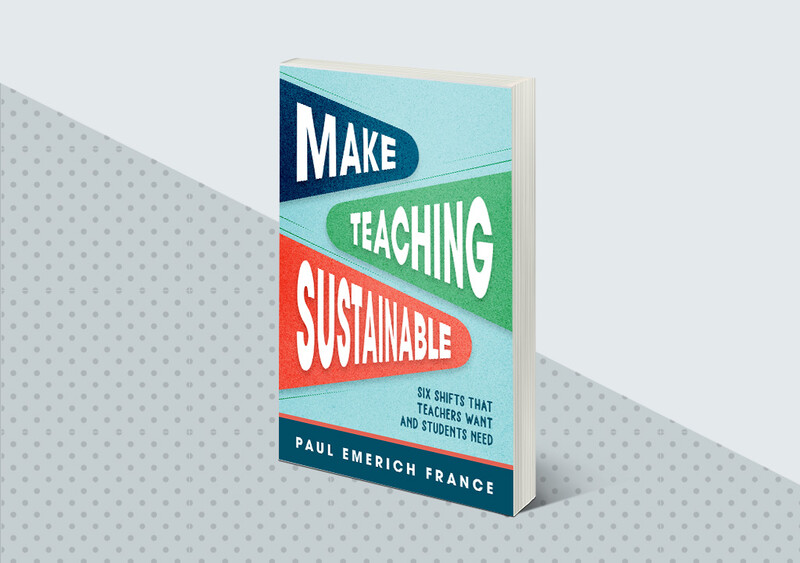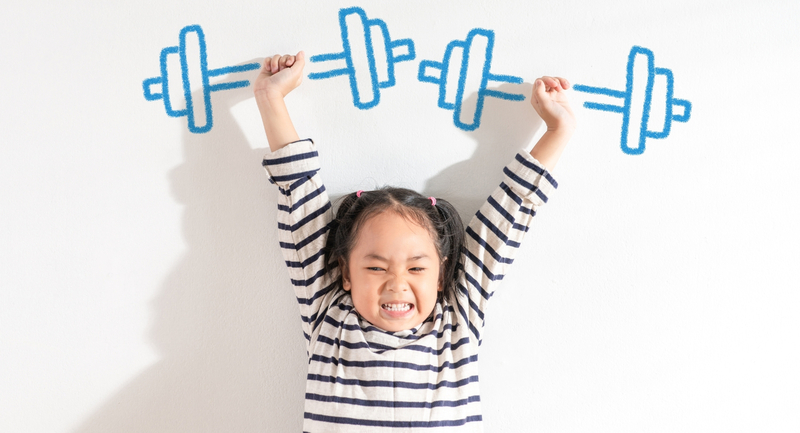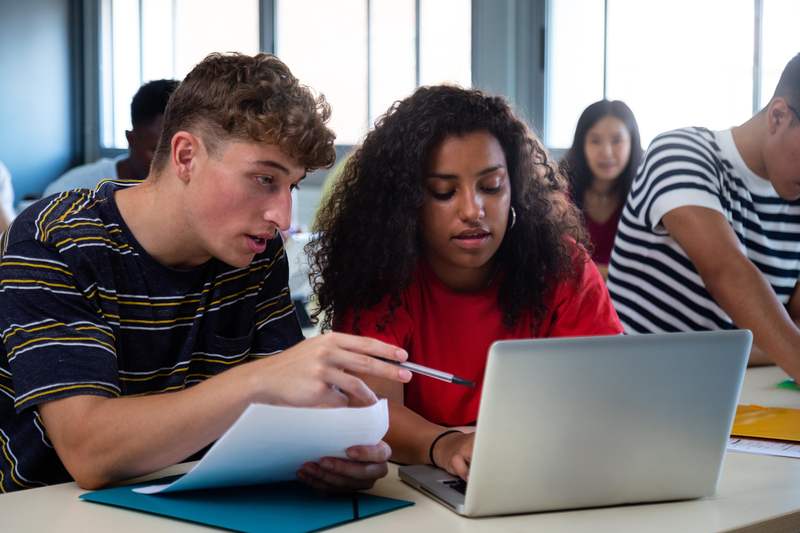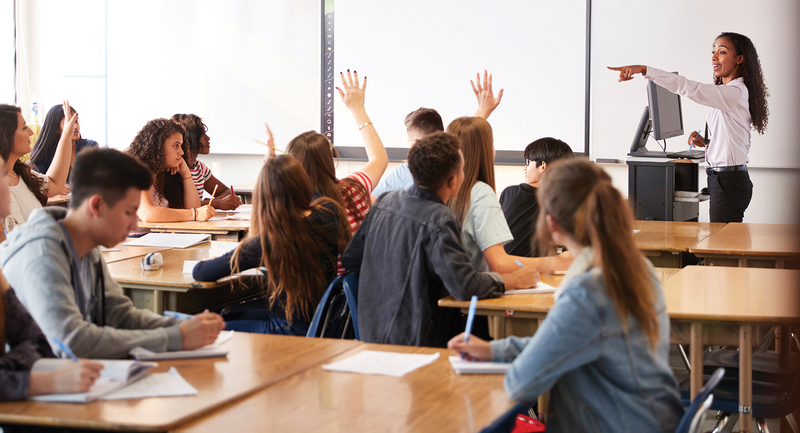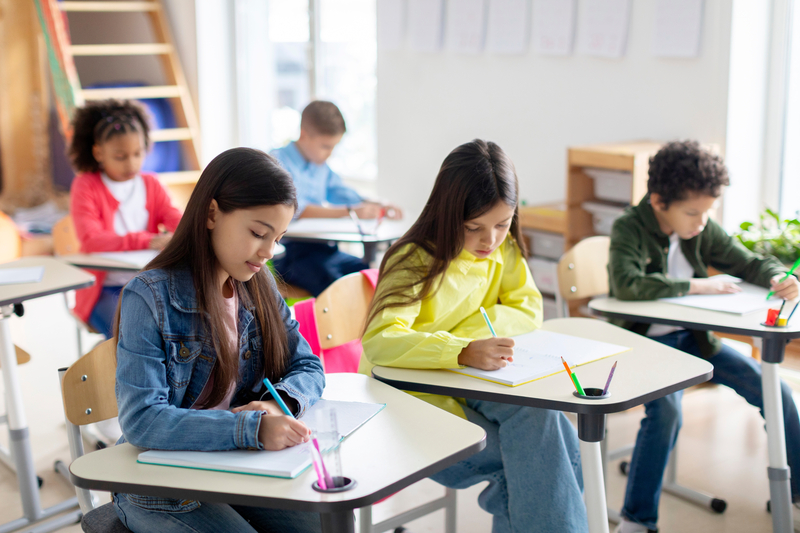“Progress for the sake of progress isn’t really progress at all.”
Harry Potter fans might recognize these words from Professor Dolores Umbridge, the infamous dark wizard who replaced Dumbledore as headmaster at Hogwarts.
While I bristle at the thought of invoking Umbridge’s words, there may have been some truth in what she said. After all, look at Lucy Calkins, who faces lawsuits for promoting a seemingly progressive reading and writing approach that proved deeply flawed—and unsupported by the decades-old research now known as the “science of reading.”
Though it wasn’t fully evidence-based, the Calkins approach was ubiquitous. How did this philosophy manage to override what so many of us knew to be decades of valid and reliable research? In the wake of No Child Left Behind, could the pushback against rigid, test-driven instruction have led to an overcorrection—one that favored progressive pedagogies, even when they lacked a strong research base?
In the 2000s, No Child Left Behind brought a strong emphasis on standardized testing—what some might call a “testing craze.” In response, the 2010s saw a shift toward more child-centered instruction, aiming to create a more humanizing learning experience. While the intentions were good, this bias against one-size-fits-all, traditional instruction may have resulted in some unintended consequences—consequences I know I have seen in my work as a consultant and coach.
Of course, biases aren’t inherently negative—many shifts in education come from well-founded concerns and a desire to improve student learning. But when biases go unchecked, they can push ideas to extremes, leading to practices that may not be sustainable or evidence-based. The key isn’t to reject these approaches outright, but to ensure they are thoughtfully implemented and backed by research. Let’s unpack some biases that, when taken too far, can prove problematic.
A Bias Toward Individualization
I first witnessed bias toward individualization when I worked in Silicon Valley at an education technology start-up company and network of microschools. Our charge was personalized learning, fueled by the education technology craze of the 2010s. To personalize learning for every child, we attempted to create individualized playlists, assuming that the more individualized a child’s education was, the more effective instruction would be.
This belief ignored the fact that children are social beings—and that learning is a social act. There were diminishing returns on individualizing learning in this way. In part, it was unsustainable for teachers to plan individualized curricula for every child. It was also isolating, with students learning in silos, unable to collaborate with peers while working on different activities.
Moreover, there is no research to prove that individualizing curriculum alone will improve outcomes. Instead, individualized feedback is the most effective and sustainable means of moving kids. Instead of individualizing the curriculum, consider allocating a portion of the learning block to conferring with students and scaffolding self-reflection, so that students can turn corrective feedback into immediate action.
When biases go unchecked, they can push ideas to extremes, leading to practices that may not be sustainable.
A Bias Toward Tech for Tech’s Sake
As you might imagine, digital tools at my company were the primary support for individualizing curriculum for students, with engineers suggesting that artificial intelligence could bear the load of assigning activities, assessing learning, and in some cases, even teaching kids.
But in this case, these tools often created more problems than they solved: Students turned toward screens to learn from automated programs more than they turned toward one another to learn through collaboration. The company even went so far as to record every classroom, proposing that tracking students’ movements in the classroom could lead to a richer data set for us.
In reality, to hone decision making, teachers need sustainable plans for formative assessment that allow them to adjust instruction—not classrooms that rely heavily on technology at the expense of teacher-led instruction and support. When used strategically, edtech can enhance engagement, streamline assessment, and expand learning opportunities. But its true power comes when it works alongside strong pedagogy, amplifying—not replacing—the essential human elements of teaching and learning.
A Bias Toward Voice and Choice
While the “personalized learning” movement generally emphasizes digital tools, it also suggests pedagogies that promote voice and choice. Voice and choice has been so overused that it’s become a cliché. In some cases, it’s even become a euphemism for permissive teaching, where almost anything goes.
When kids have too much choice and are not taught how to make productive choices in the classroom, this seemingly progressive and child-centered approach can quickly become regressive. So, how do we scaffold voice and choice? Create a menu of activities, addressing anticipated needs in your classroom. In a recent coaching conversation, a teacher shared that she needed activities for students who finished math work early. Acknowledging that students needed practice with multiplication fact fluency, we created a simple learning menu of fluency games. This promoted choice and engagement, meanwhile addressing a relevant need for all students.
Asking the Right Questions
Shifts toward progressive education must be grounded in evidence—not in a bias toward one ideology or another. Before experimenting with any pedagogy in your classroom, ask yourself:
What problem of practice is this progressive approach trying to address?
How do I know the problem I am trying to solve is actually a problem?
How will I know if the shift is successful?
What evidence base supports the implementation of this practice?
What is my timeline for monitoring progress on the implementation of this practice?
Who are my thought partners and accountability buddies who will evaluate the effectiveness of this practice with me?
If we are mindful, progressive education can manifest its intended purpose: to move us forward, helping more and more kids access high-quality learning experiences.
Make Teaching Sustainable
Six mindset shifts educators can implement to sustain their energy and effectiveness while empowering the students they lead.
